Big cats, including lions, tigers, leopards, and jaguars, are among the most admired wildlife globally. Their power and grace capture our imagination, but beyond their majestic appearance, they hold critical roles within their ecosystems. This article explores why these apex predators are vital for environmental balance and highlights their indispensable contributions to biodiversity and ecosystem health.
Apex Predators: Top of the Food Chain

Big cats are apex predators, meaning they sit at the top of the food chain. Their position allows them to regulate the populations of other species, maintaining a balance that supports diverse plant and animal communities. By preying on herbivores, they prevent these populations from growing unchecked, which can lead to overgrazing and damage to vegetation that many other species rely on.
Trophic Cascades: Influencing Ecosystem Dynamics
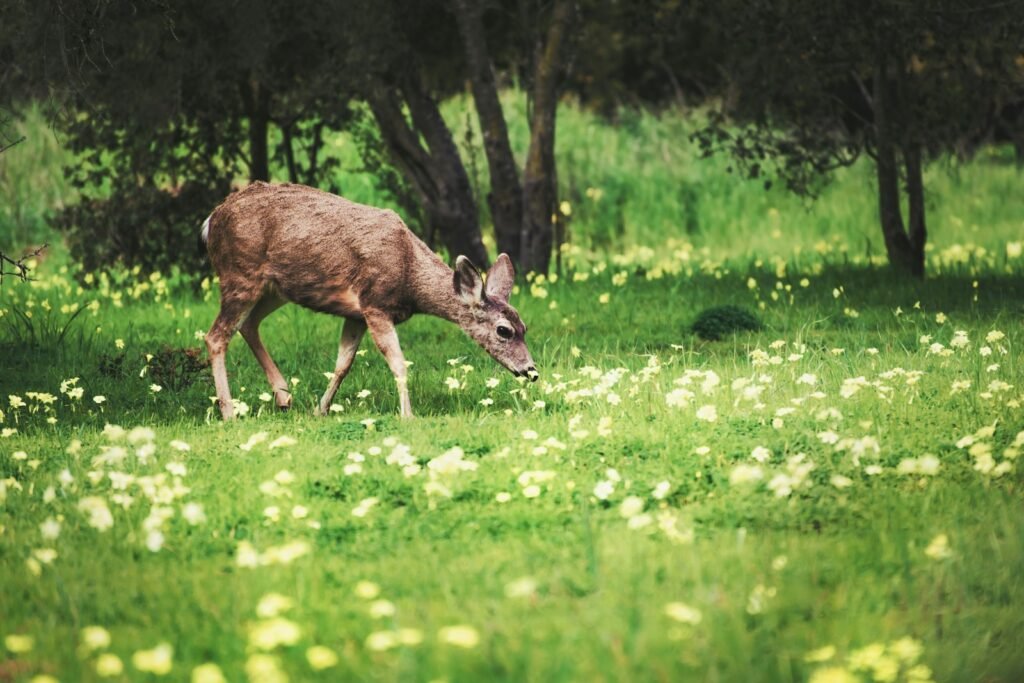
When big cats hunt, they trigger a trophic cascade—a series of effects that ripple through the ecosystem. For instance, by controlling the number of herbivores, such as deer or antelope, big cats encourage the growth of vegetation, which in turn supports insects, birds, and other wildlife. This cascade illustrates how influencing one level of the food web can affect others, underscoring the interconnectedness of nature.
Biodiversity Guardians: Supporting Various Species

The presence of big cats in an ecosystem can promote biodiversity. Their predatory activities help maintain a balance among species, ensuring that no single species becomes overly dominant. This balance creates opportunities for a wide range of organisms to thrive, from small mammals and birds to insects and plants, which all contribute to a robust ecosystem.
Behavioral Influence: Shaping Prey Habits
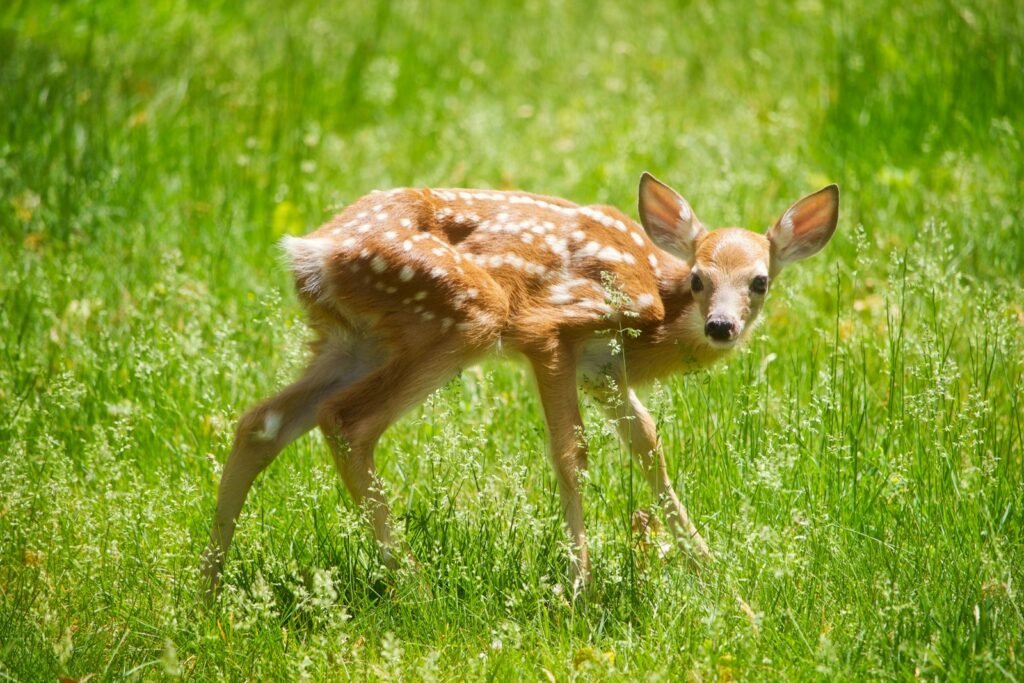
The presence of big cats affects the behaviors of their prey, often called “the landscape of fear.” For example, prey animals may alter their feeding and movement patterns to avoid predation, which can lead to more balanced grazing pressures and distribution of plant life. This natural regulation supports varied plant growth, preventing any single species from overwhelming the habitat.
Disease Control: Natural Population Checks
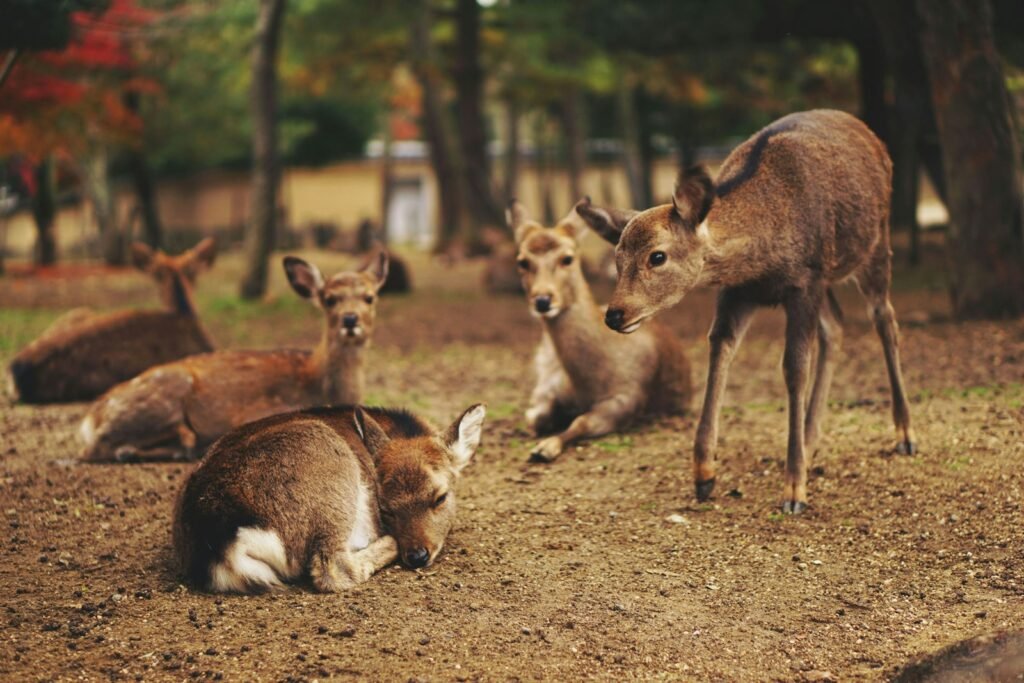
By preying on weaker and potentially diseased animals, big cats help control disease outbreaks within prey populations. This selective predation reduces the chances of diseases spreading, which might otherwise decimate animal populations and upset the balance of the ecosystem. In this way, they contribute to the health not only of their prey but of their broader environment.
Genetic Diversity: Enhancing Population Health
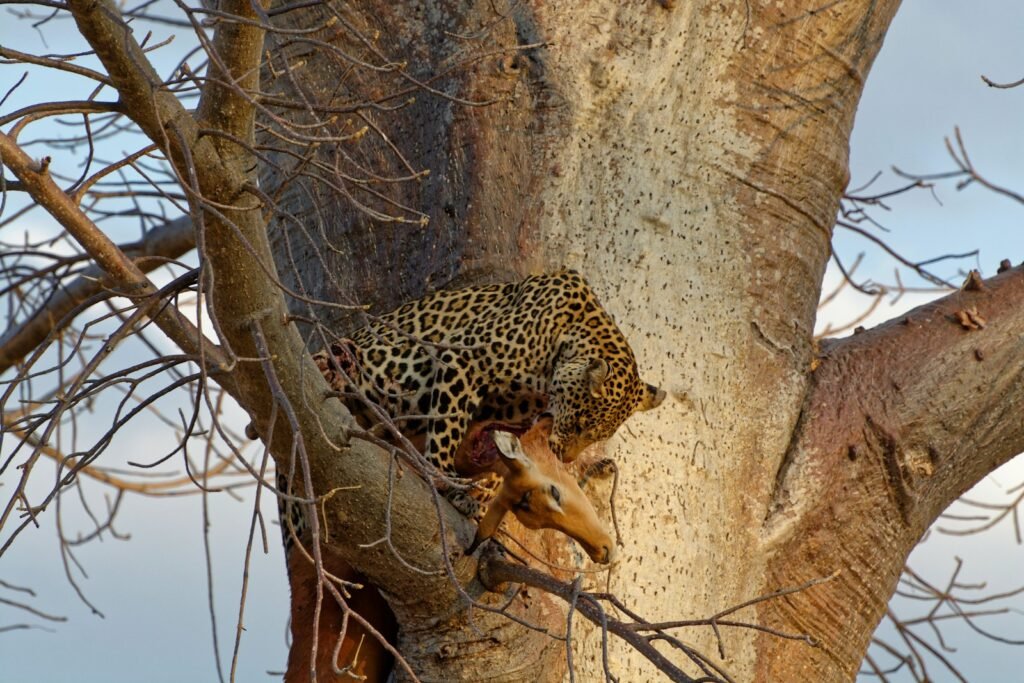
Big cats play a role in promoting genetic diversity among prey species. By targeting more vulnerable individuals, stronger and healthier animals are more likely to survive and reproduce. This natural selection process results in a more resilient and adaptable prey population, ensuring the long-term stability of these species.
Ecosystem Engineers: Altering Physical Landscapes
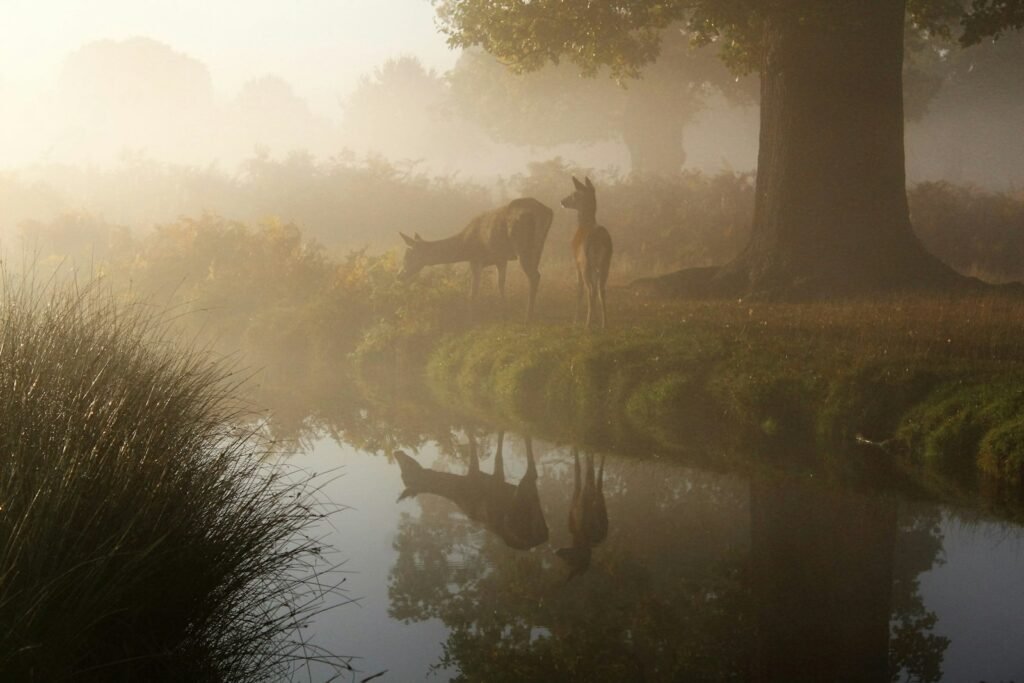
Big cats can influence the physical characteristics of ecosystems. For example, their hunting activities might lead prey to alter their habitats, which can affect the physical landscape. The movement and grazing habits of prey in response to predator presence can promote biodiversity in plant life, creating varied microhabitats that support a range of organisms.
Cultural and Economic Significance: Beyond Ecology
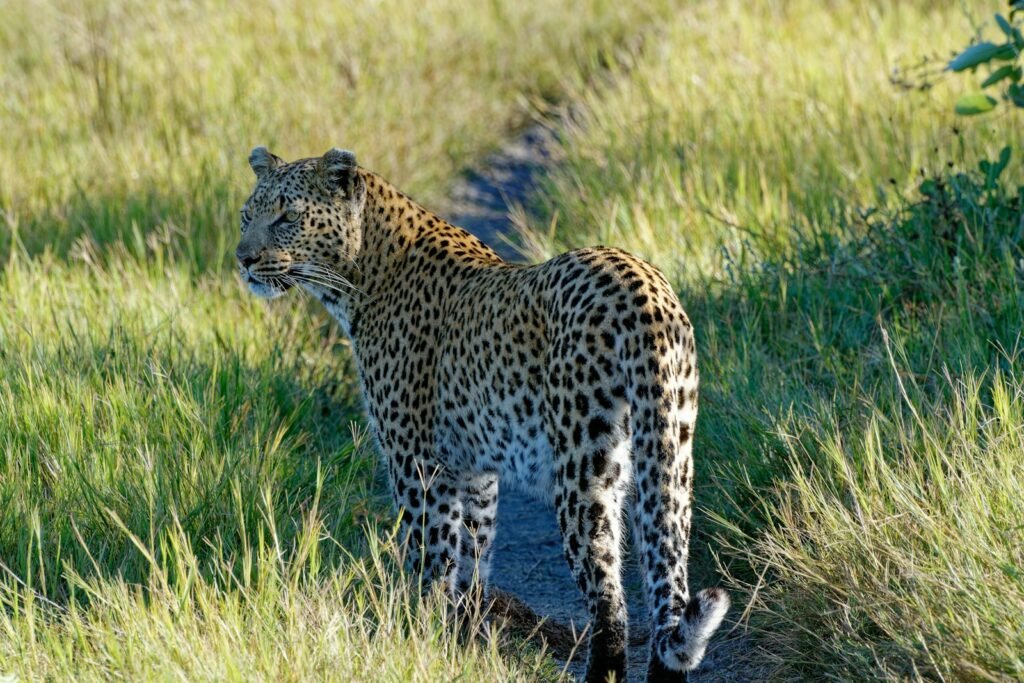
Beyond their ecological roles, big cats hold significant cultural and economic importance for human communities. They feature prominently in folklore and traditions, and their presence can attract tourism, which generates income and fosters conservation efforts. Protecting these animals can have positive ripple effects on local economies, underscoring the need to preserve their populations.
Conservation Challenges: Facing Human Threats

Despite their importance, big cats face numerous threats, primarily from habitat loss and human conflict. As human populations expand, encroachment on natural habitats reduces their living space, while poaching and hunting for fur and body parts threaten their survival. These challenges make conservation efforts critical to ensure big cats can continue to play their vital roles.
Conclusion: Protecting Keystone Species
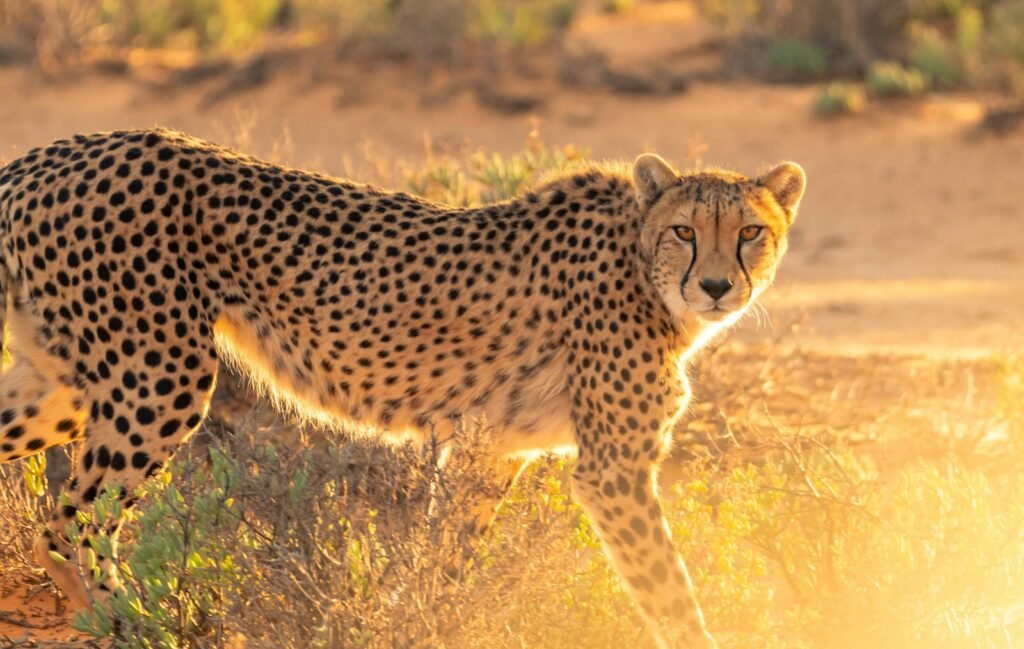
Big cats are more than just iconic creatures; they are keystone species whose existence is crucial for ecosystem balance and health. Their role as apex predators helps regulate species diversity and maintain the intricate web of life within their habitats. Protecting these magnificent animals is essential not only for preserving biodiversity but also for maintaining the environmental stability upon which so many other species, including humans, depend.

Growing up traveling and experiencing new cultures and wonders, I have had a passion for nature, adventuring, photography, and videography. I am currently working towards a BSc in Biodiversity and Ecology at Stellenbosch University, and I hope to specialise in Marine Sciences one day.
Please send any feedback to Feedback@animalsaroundtheglobe.com






